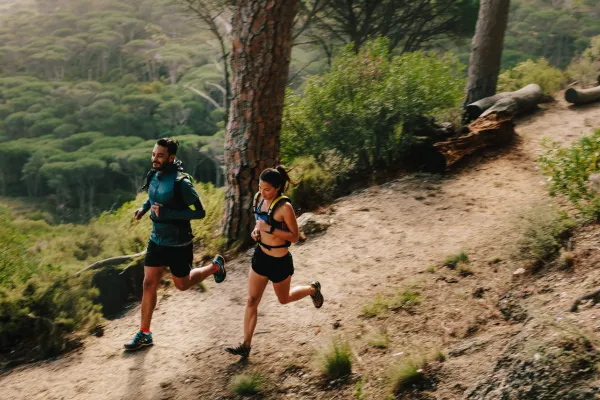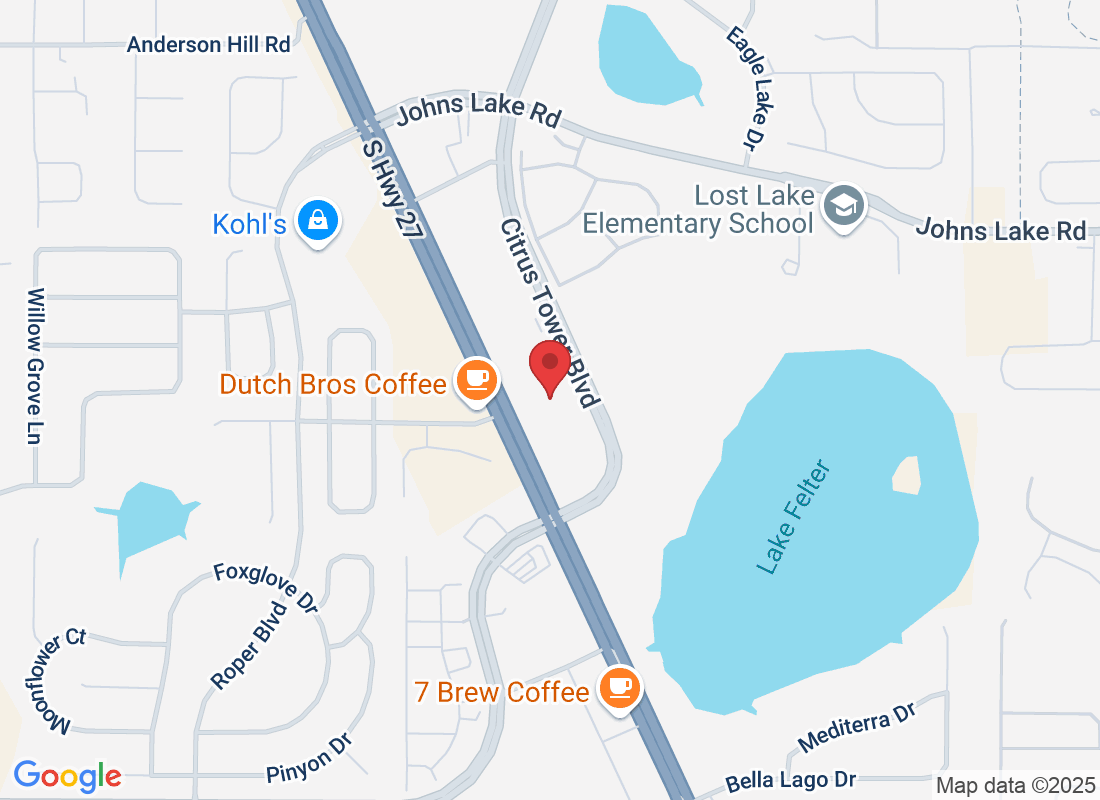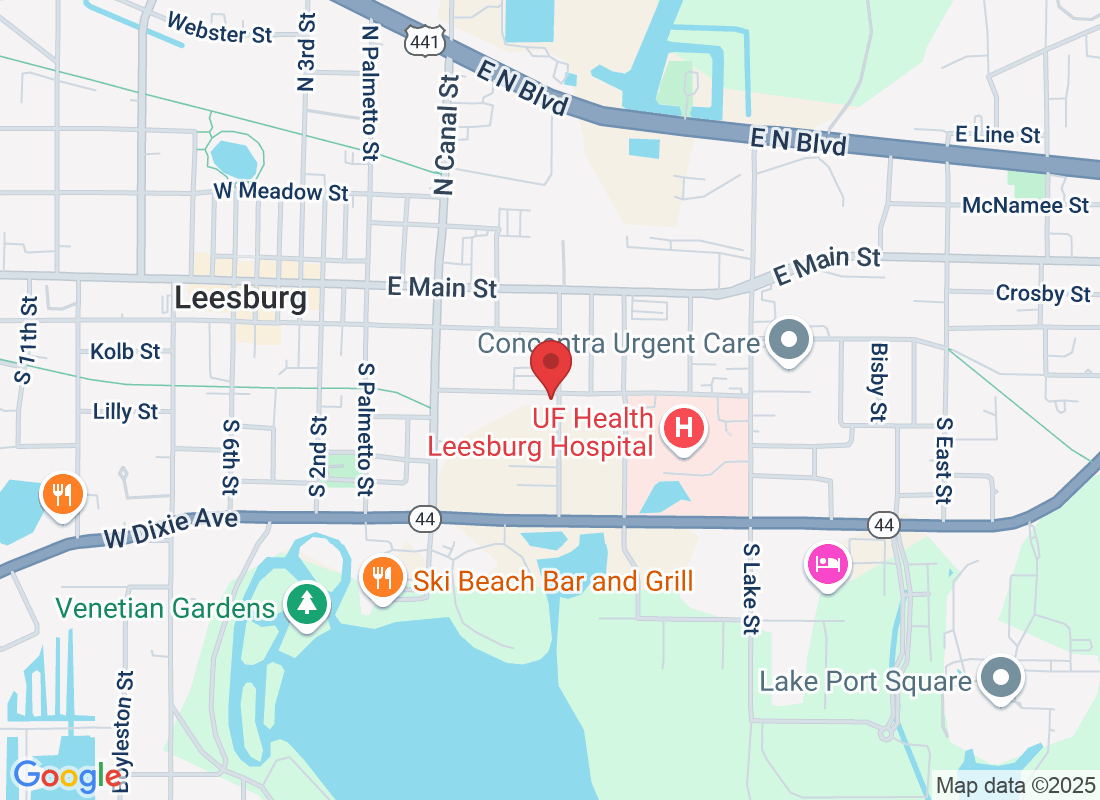
Running the Clermont Trails? Protect Your Feet with These Tips
Picture This: You, the Trail, and… Blisters?
The morning sun peeks over Lake Minneola, the breeze is just right, and the Clermont trails are calling. Whether you're training for your next 5K or just logging a stress-busting jog, Central Florida’s scenic routes offer the perfect backdrop.
But nothing ruins a great run faster than foot pain.
Blisters, heel aches, or that sharp twinge in your arch mid-stride—yeah, those can turn your runner’s high into a hobble home. At the Center for Ankle and Foot Care in Clermont and Leesburg, we see a lot of local runners, and most foot issues we treat? Completely preventable.
So, before you lace up again, here are smart, practical tips to keep your feet happy on every mile.
Tip #1: Get Fitted for the Right Running Shoes
No, not just the trendy pair from your Instagram feed. We’re talking about shoes that match your:
Arch type (flat, neutral, high)
Gait (how your foot moves when you run)
Terrain (trail vs. pavement)
A shoe that’s too cushy or too firm—or just plain worn out—can throw off your mechanics and lead to heel pain, plantar fasciitis, or even stress fractures.
🛑 Pro Tip: Replace your shoes every 300–500 miles. Yes, really.
Tip #2: Don’t Ignore That Heel Pain
If your first few steps out of bed feel like you’re stepping on thumbtacks, don’t brush it off. It could be early signs of plantar fasciitis—a condition we treat all the time in runners.
Early intervention matters. At our clinic, we offer effective heel pain solutions like:
Custom 3D-printed foot orthotics that provide precise arch support
Class IV laser therapy to reduce inflammation and promote healing
DMPx regenerative injections for those stubborn, chronic cases
Tip #3: Moisture-Wicking Socks Are Your Feet’s Best Friend
The Clermont trails are gorgeous, but they’re also hot and humid—aka, blister central. Cotton socks trap moisture and friction, setting you up for skin breakdown.
Look for socks labeled:
Moisture-wicking
Seamless
Cushioned (especially at pressure points)
Bonus: These also help reduce fungal infections. (Nobody wants to end their run with toenail trouble.)
Tip #4: Cross-Train to Prevent Overuse
We get it—you love running. But too much of it, especially on hard surfaces or uneven ground, can wear down tendons and ligaments.
Swap in some lower-impact activities during the week like:
Cycling around Lake Hiawatha Preserve
Swimming
Resistance training for ankle stability
Mixing it up helps prevent common injuries like tendonitis and metatarsal stress fractures.
Tip #5: Check in With a Podiatrist—Not Just When You’re Hurting
Your feet are logging serious mileage. Wouldn’t it make sense to give them a regular checkup?
At the Center for Ankle and Foot Care, we help runners of all levels—from local 5K walkers to high school athletes—stay on track with preventive care. That includes gait analysis, orthotic fittings, and conservative treatments that work before surgery ever becomes necessary.
Running Strong Starts at the Bottom
If you’re one of the many who’ve fallen in love with the Clermont trail system, make foot care part of your training plan. Don’t wait for pain to sideline you—run smart, and your feet will carry you through many more beautiful miles.




